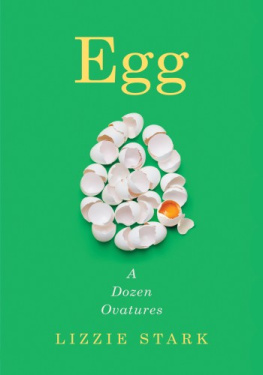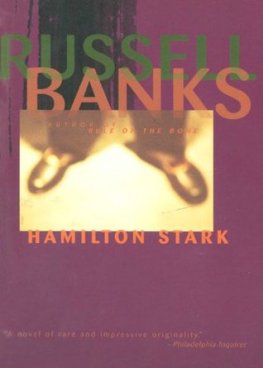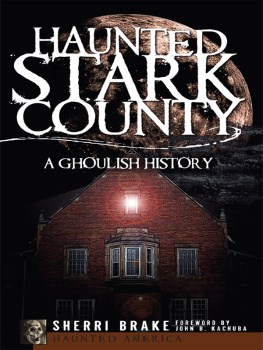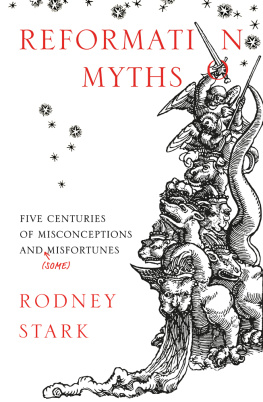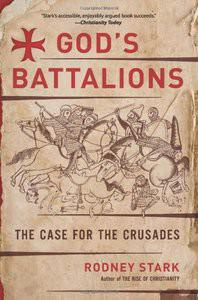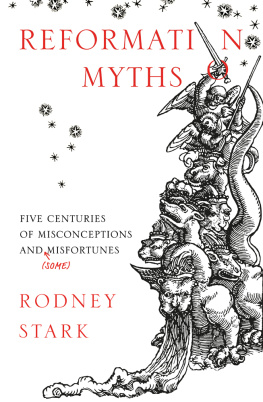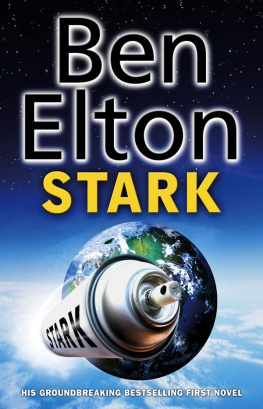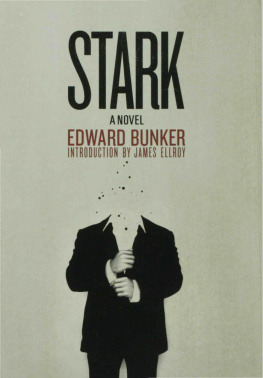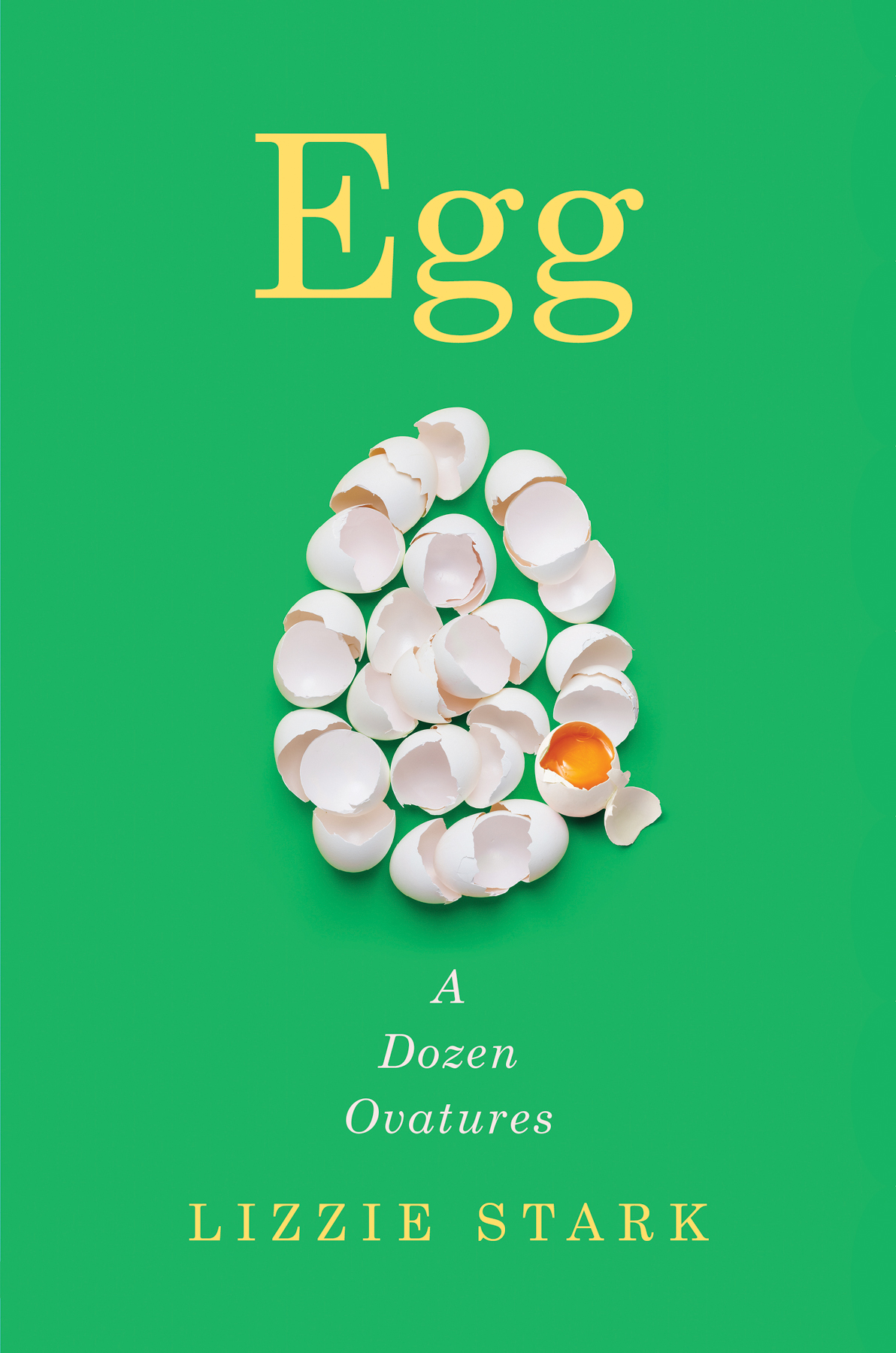Contents
Guide
Page List

For Roscoe
Ex ovo omnia. (From the egg, everything.)
William Harvey, 1651

CONTENTS
This is a book about eggs, scrambled, boiled, and cosmic; eggs in magic rituals, in the vaginas of conceptual artists, and at the center of Gold Rush gang wars. It is about crusty, obsessed Victorian gentlemen and the modern blue-collar guys who want to be like them. It is about the clown code and experiments in space. It is also about my dad, my mom, and me and our relationship with one another in and out of the kitchen.
An egg is a paradox. It is both alive and not-alive, the most precious and most worthless cell in the world: precious because it can generate new life; worthless because most efforts at creation fail, so evolution plays the odds and makes eggs plentiful. Take human ovaries. Those of us born with them start life with about one million eggs. By puberty, were down to roughly three hundred thousand. A minuscule number of thoseless than a tenth of one percentmakes it down the fallopian tubes during the fertile years. Even by the most generous measures, no human has ever used more than about a quarter of their viable eggs. The worlds most prolific human mother was allegedly a Russian peasant of the eighteenth century who bore sixty-nine children. History does not remember her name with certaintyit may have been Valentina. The Guinness Book of World Records lauds her merely as the wife of Feodor Vassilyev. Let me repeat that: the world does not know the name of the person who fit nearly seventy babies through her cervix, and thatthe way the patriarchy tries to control eggs and erase mothersis also part of this story.
Aside from its new-life potential, sometimes an egg is a fungible, yet concrete commodity. One of the stranger examples of this comes from the Philippines. Spanish conquerors spent three centuries colonizing the islands, starting in the mid-1500s. They brought many varieties of Catholic missionaries with them, who built baroque churches of local materialswalls of adobe, stone, and brick faced with plaster. The builders used animal proteins to strengthen the concrete and plaster, including buffalo milk, goat blood, and the whites and shells of local duck eggs. Forget lemons and lemonade: when colonialism gave them egg yolks, Filipino women created iconic, yolk-heavy snacks and desserts. These include dishes like yema, a mix of yolks, condensed milk, sugar, and lime zest; leche flan, a heavier version of the classic; and a variety of cookies, Catholicisms architectural zeal reflected in rich pastry. This is a typical story featuring eggs: we start with one thing but end up with quite another, thanks to human ingenuity.
Perhaps my favorite folk tradition involving eggs is the egg dance, a springtime custom from Germanic Europe in which couples danced across a field strewn with eggs. If they managed to do this three times without breaking any, then the pair could wed without parental approval. The egg dance is a loophole, one that gets my mind wondering about potential ways around cultural conventions. Could this have been used to facilitate queer marriages? Marriages across class or national background or religion? We may never know. But the loophole that the egg dance providedthe opportunity to literally dance around the strictures of societyis a recurrent motif wherever we find eggs.
So what then is an egg? Most of the time when we say egg we mean a bird egg or, particularly, a chicken egg, although reptiles and some mammals lay leathery ones. Species that reproduce sexually all have them: frogs lay gelatinous eggs, fish produce pearls of caviar, praying mantises create oothecas (insect egg hotels), and humans, guinea pigs, and most mammals release tiny ones. All of these may also be called ova (singular ovum)the larger of two reproductive cells in most animalsbut we call them eggs too. This book focuses on bird eggsthe hard-shelled varietywith the occasional nod to other ova.
As for the proverbial question about what came first, the chicken or the egg, lets put that to rest quickly. Its the egg, man; its always been the egg. Eggs preceded the existence of chickens by about 300 million years, when reptiles first crawled out of the primordial ooze and evolved a system for replicating away from the moisture of water: the eggshell prevents embryos from drying out. Tyrannosaurus rex laid eggs 65 million years ago, and chickens are their closest living relative.
Biologically speaking, bird eggs are a clever little piece of tech that antiseptically contains everything a developing embryo needs in exactly the right order. Eggs originate deep inside a hen in the ovary. Birds have two ovaries, but typically only the left one is active. There, a germinal disc begins as a tiny seed that ripens. The germinal disc is the bit of DNA the bird will contribute to any potential offspring. In hens, its large enough to see with the naked eye. Simply crack an egg into a bowl, and after a few seconds a pale spot will rise to the top of the yolk. Speaking of the yolk, it is the developing birds food source and is attached to the germinal disc in concentric spheres, which are visible in a hard-boiled yolk sliced in half. If you look closely, you can see concentric rings of light and dark yellow. Yolk matters. Taken as a total percentage of an eggs volume, the bigger the yolk, the more developed the hatchlings will be when they emerge from the shell. Consider the northern gannet, which lays eggs with a comparatively small yolkabout 15 percent of total egg volume. Their hatchlings emerge naked, weak, and blind. The southern brown kiwi, on the other hand, lays eggs that are 70 percent yolk. Its hatchlings are precocial, that is, they spring forth with feathers and the ability to run around and feed themselves. As for poor mama kiwi, her finished egg weighs an incredible fifth of her body weight, which would be comparable to passing a fully grown human toddler through ones cervix.
Whatever the size of the yolk, when fully ripe, it enters the oviduct, a snakelike organ with an open maw that faces the ovary. Here, in the upper part of the oviduct, sperm may fertilize the yolk. This is also where things get weird, by human standards at least. Human reproduction is a one-on-one affair. One sperm fertilizes one egg during the few days of a month that an egg is in the uterus. By comparison, chicken sex is pretty kinky. For starters, cocks dont have cocks, just cloacae, albeit ones with different abilities from the hens. My favorite description of the cloacaLatin for sewercomes from Ologies podcaster Alie Ward, who declared it like the home button on the iPhone, like if Steve Jobs designed an orifice; a multipurpose lil boop thats good for sensual adult times, egg laying, and poo.
Fertilized or not, as the yolk twists down a hens oviduct, glands attach albumen, or egg white, to it. People talk about egg white like its a single thing, but in chickens it has four layers. The innermost layer of thick white is a membrane that wraps the yolk, plus the two ropy bits known as chalazae that tether the yolk to the blunt and pointy ends of the egg and help keep it suspended in the center. The next layer of white, immediately around the yolk, is small and loose. Its the part that takes an eternity to film over when I make sunny-side-up eggs, which I usually do poorly. The two most visible parts of the white take up the most real estate in a frying panthe tight white, which stands up tall during frying, and the final outermost layer of loose white, which spreads out thinly. The tight white also helps indicate freshness. The longer an egg spends in the fridge, the more tight white decays into loose white.


